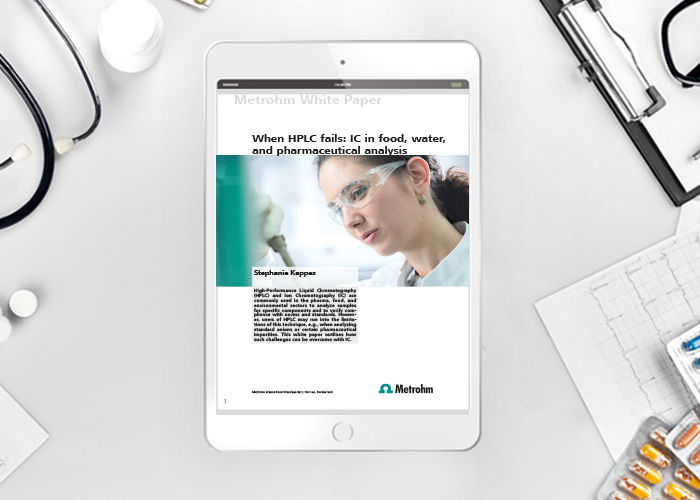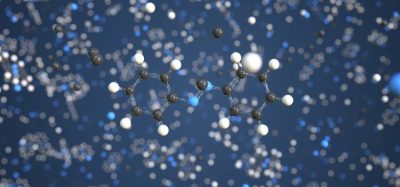Whitepaper: Know your ions – overcoming the limits of HPLC with ion chromatography
Posted: 16 October 2019 | Metrohm UK Ltd | No comments yet
What’s the difference between High Performance Liquid Chromatography (HPLC) and Ion Chromatography (IC)? What are the capabilities and limitations of each technique? Knowing these differences can actually make a huge difference.
As a proven, robust and highly versatile technique, IC can help HPLC users extend their analytical capabilities tremendously. Our free white paper compares the two methods systematically focusing on the strengths of ion chromatography.
Have you ever tried measuring ionic analytes or organic acids with High-Performance Liquid Chromatography (HPLC)? Good luck with that! The scope of HPLC is very limited for analyses of standard anions, cations, organic acids, and sugars in water and various foods, for example. For such analyses, ion chromatography (IC) is the better solution.
Why? IC can separate multiple ions and detect them using a conductivity detector. And because chemical suppression lowers background conductivity, sensitivity is not an issue, making IC suitable for trace- and ultratrace-level measurements.
This White Paper provides information on the differences between HPLC and IC, the benefits of suppression in IC, and typical applications of IC that cannot be done with HPLC.
Related content from this organisation
- On-demand webinar: Spectroscopy advances for improved reproducibility and compliance
- Scientific poster: How to Automate Water Content Determination in Pharmaceuticals
- Video: The new Mira P for raw material verification
- Whitepaper: Know your ions – overcoming the limits of HPLC with ion chromatography
- Article: Data integrity – Metrohm software products make compliance easy










